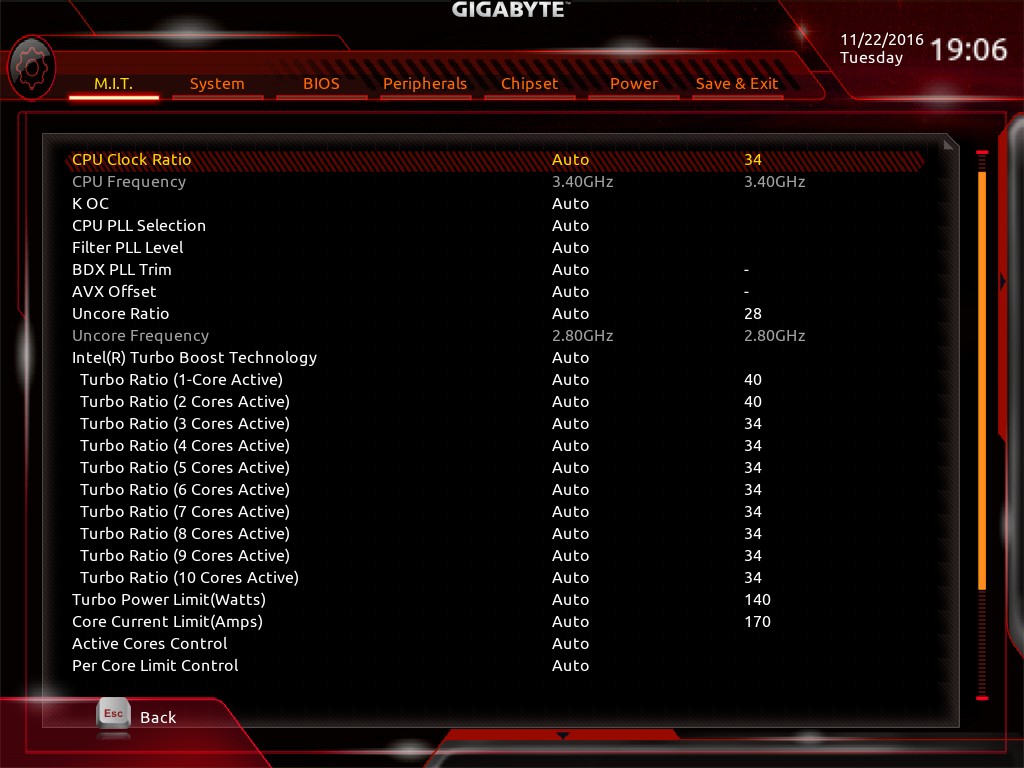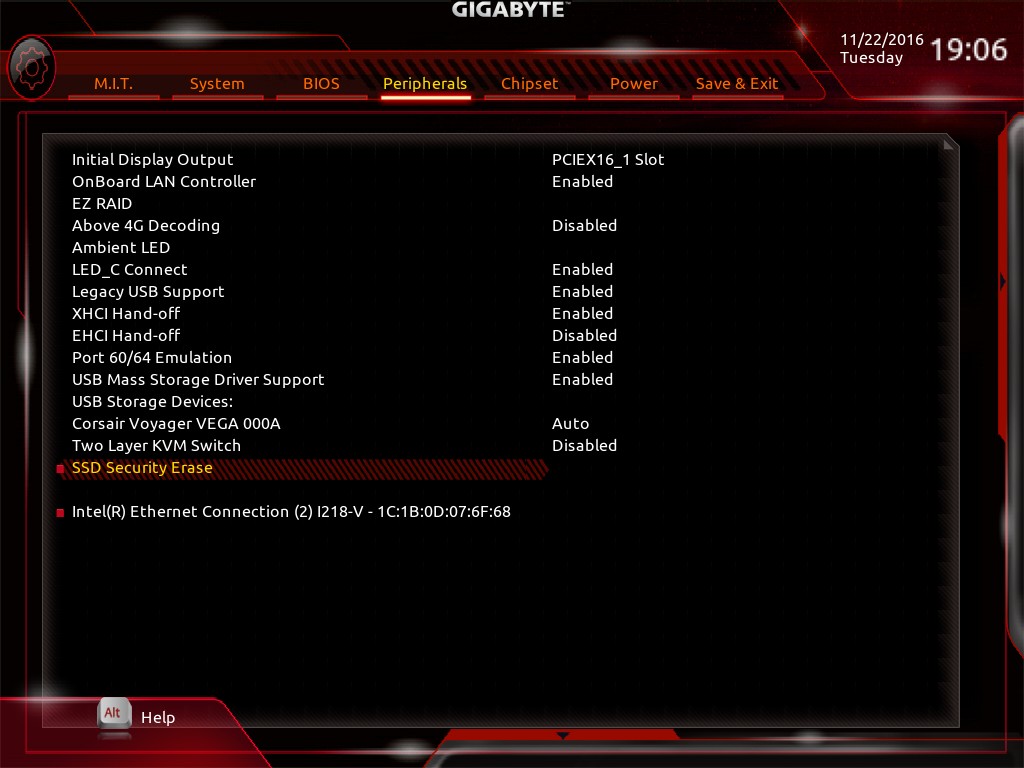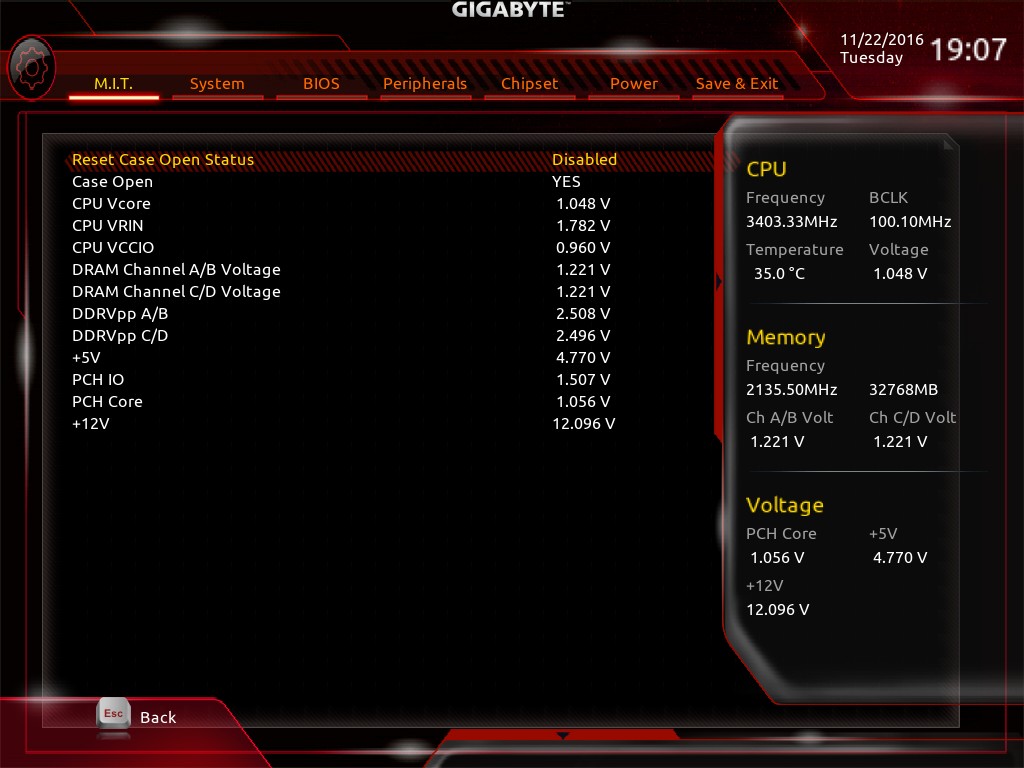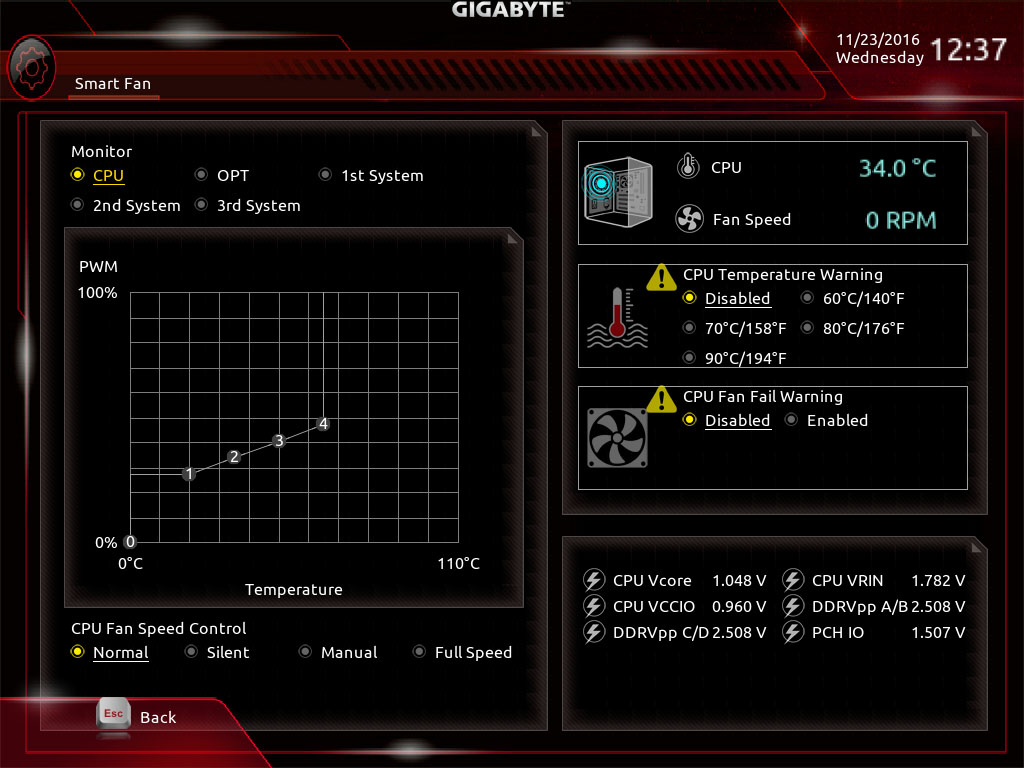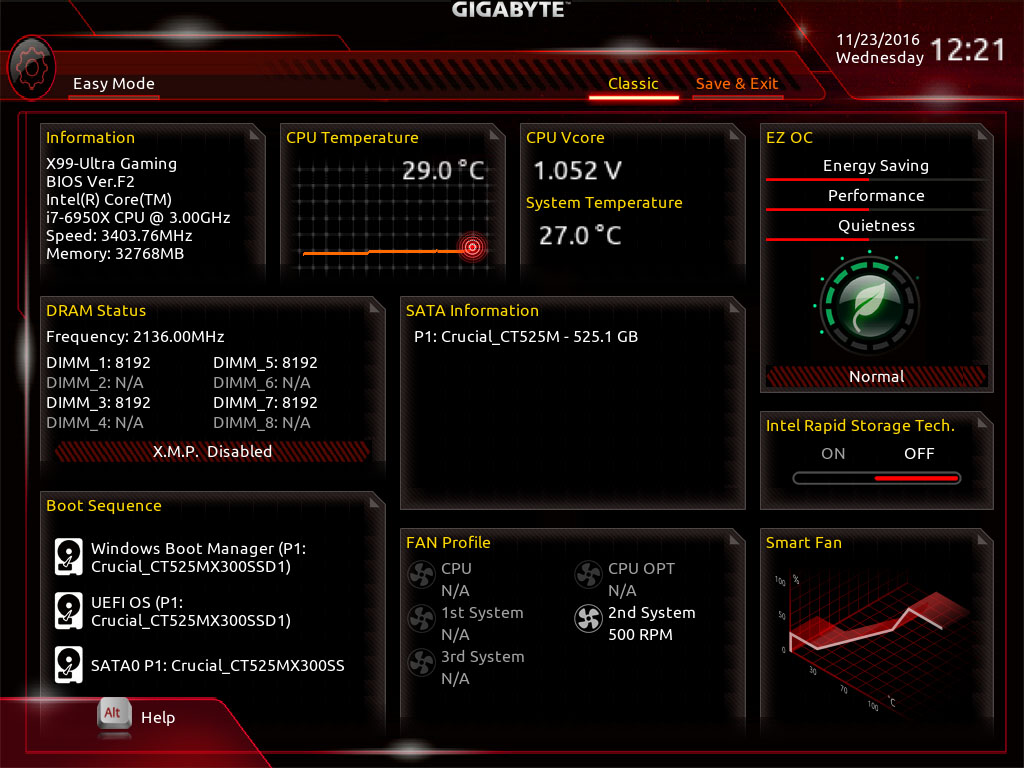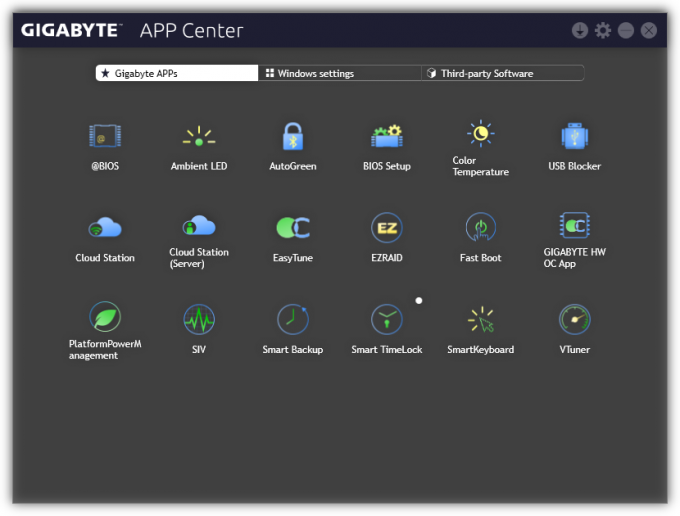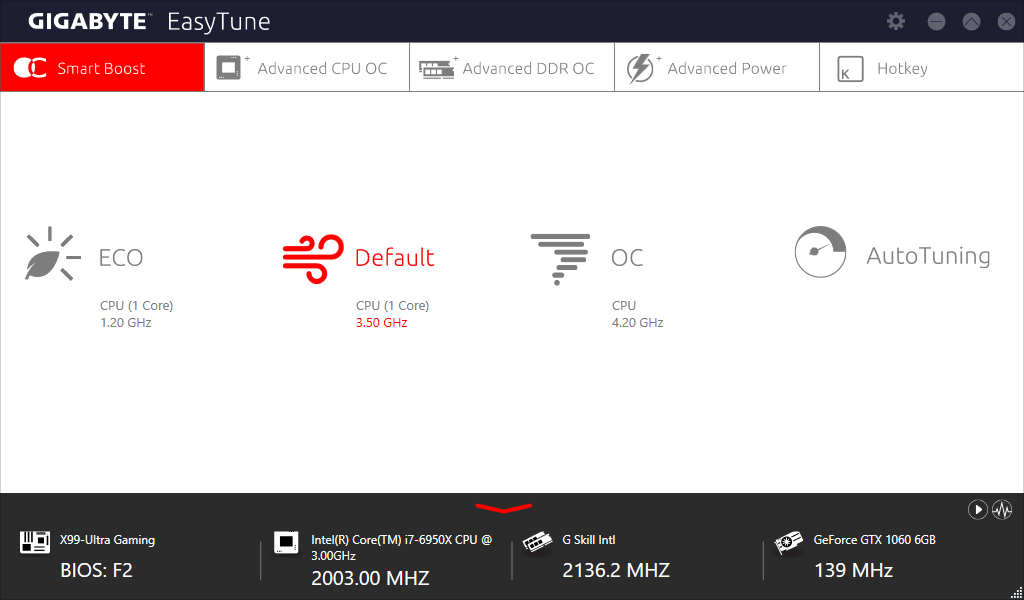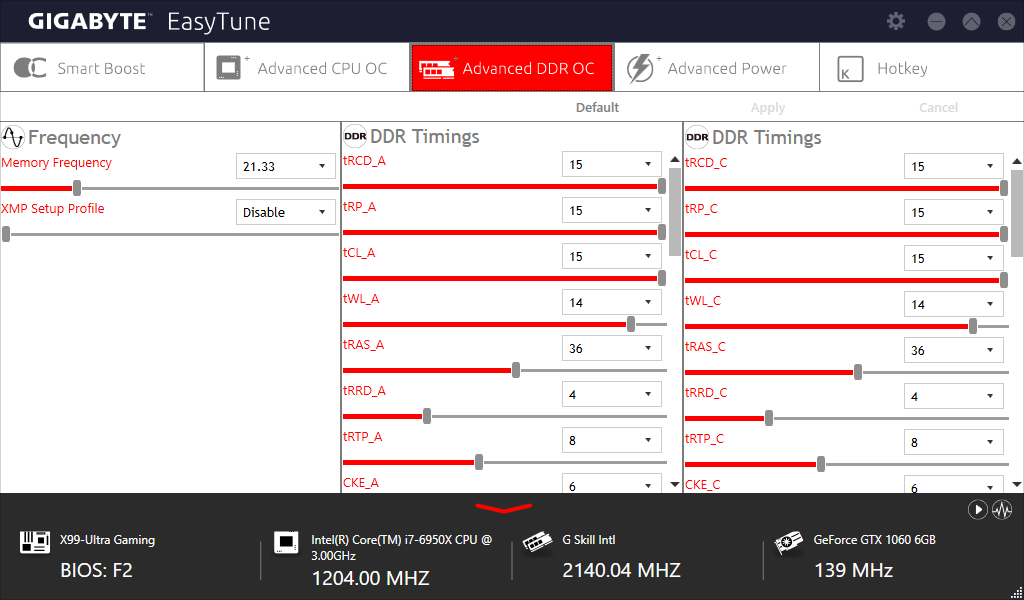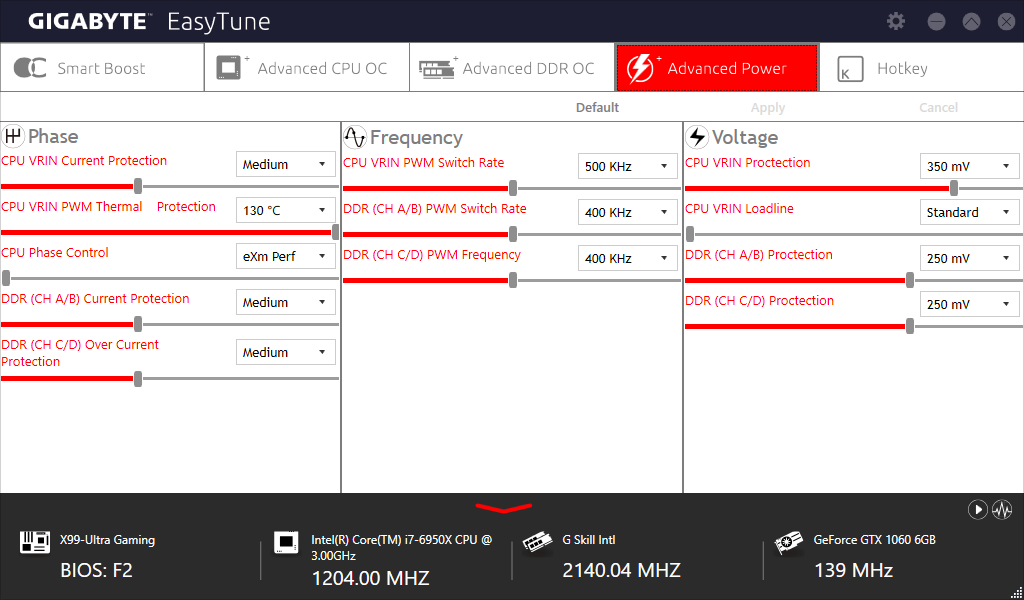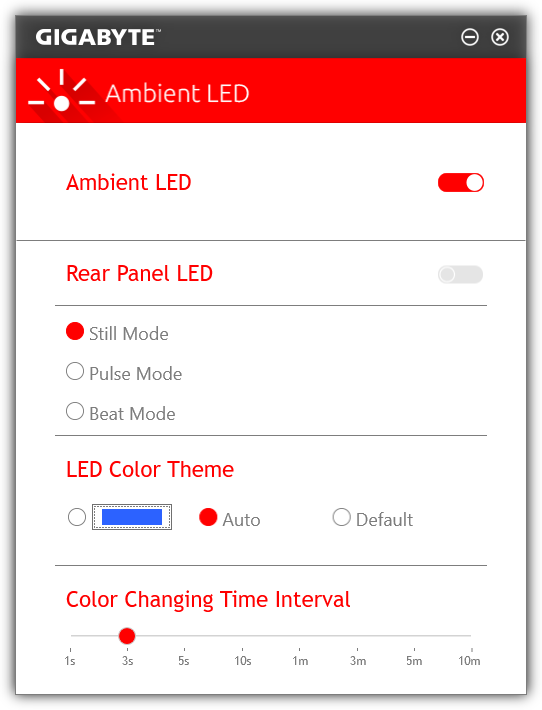- Qualcomm Launches Snapdragon 4 Gen 2 Mobile Platform
- AMD Launches Ryzen PRO 7000 Series Mobile & Desktop Platform
- Intel Launches Sleek Single-Slot Arc Pro A60 Workstation Graphics Card
- NVIDIA Announces Latest Ada Lovelace Additions: GeForce RTX 4060 Ti & RTX 4060
- Maxon Redshift With AMD Radeon GPU Rendering Support Now Available
GIGABYTE X99-Ultra Gaming Motherboard Review
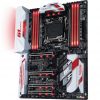
Building a powerhouse gaming or workstation PC requires a solid motherboard as a base, and GIGABYTE’s X99-Ultra Gaming has proven to be just that. This ~$249 offering is packed to the gills with features, including at the very least a plethora of LEDs that can spice up any build.
Page 2 – A Tour Of The EFI & Software
GIGABYTE has gone through what’s felt like a countless number of iterations of its EFI, and with each new generational release, we’re not quite sure what to expect. The company used to include what was essentially three different EFI UIs in one, but for its latest X99 generation, the company’s decided to focus on just two, although the non-default one takes a little bit of sleuthing to find.
Admittedly, I feel like this EFI is a big step backward compared to the one we looked at last year with one of the company’s Z170 motherboards. Last year’s EFI was professional; clean and easy-to-use. The EFI on this board, by contrast, is what I’d call unattractive and a little complicated.
Aesthetics are not everything; with an EFI, what matters is functionality. But take a look at the clock in the shot above; it’s pixelated, as if it started out as a small image and was forced to scale up. It stands out, despite how simple it is. Beyond that, I couldn’t for the life of me find an area in this EFI where I could easily check on full system temperatures; the “PC Health” section shows nothing more than voltages.
In order to see one temperature – for the CPU – you must hit the right Alt key to reveal a slider that shows basic system information, including memory frequency and voltages. Hitting the left Alt key will raise another slider from the bottom, which lets you choose to use Easy Mode or flash the EFI. Using this menu introduces another problem: a mouse is required to access the options. While we all have mice hooked up, what will happen if someone’s mouse doesn’t work, for whatever reason? An EFI should not require a mouse, plain and simple.
All of that complaining aside, the EFI does serve its purpose, although I’ll never understand the lack of full system temperatures. The first thing I do after any new build is check to make sure that temperatures are within reasonable levels – the CPU isn’t the only temperature that matters. Why would someone quicker need voltage information over temperatures?
To give this EFI some credit, it does at least include excellent fan control. Again, this requires a mouse, but it’s a little more understandable here since you’ll need to move markers around. Alternatively, you could use GIGABYTE’s Windows software to automatically configure your fans.
Overall, the EFI is far from awful, but I still feel that it’s a step backward from where we’ve come. I hope to see the next-gen EFI with GIGABYTE’s Z270 boards go back to last year’s aesthetic, but include the Smart Fan functionality that it lacked.
A Tour Of The Software
GIGABYTE’s software collection hasn’t changed too much this time around, although the company did overhaul its App Center hub:
Since it’s probably not obvious in the shot, App Center features a translucent background, and looks quite sharp overall. Like the EFI, though, I have a couple of big beefs with App Center.
GIGABYTE includes a DVD in the box that includes App Center and its collection of apps, but we run into two problems: A) Most people don’t have an ODD in a new build, and B) You can’t install App Center off of GIGABYTE’s website and install all of its apps from inside of it. This design would be like Steam requiring you to go to its website to download a separate installer for each one of your games – it’s clunky, and needless, especially since there are so many apps that can be installed here.
Because I didn’t feel like downloading 15 individual installers off of GIGABYTE’s website, I copied the included DVD over to our test rig and installed it that way. I think motherboard vendors should get in the habit of including read-only 4GB flash drives in the box in lieu of DVDs. I can’t believe it hasn’t happened yet. Alternatively, letting people install all of the apps inside of App Center would be a huge improvement.
Sheesh, let’s throttle the angst back and take a look at some of the apps, starting with EasyTune:
EasyTune is GIGABYTE’s all-in-one overclocking solution, and there isn’t a single thing I can see that it lacks. For those who want to get their hands dirty, there are a billion knobs and dials to tweak. If that’s all over your head, you can simply use the “AutoTuning” feature to try for a good, painless overclock.
In my testing, EasyTune pushed the i7-6950X to 4.3GHz, which it claimed was an 8% overclock. As Cinebench’s result increased 8%, I am inclined to believe it. I took over after it found that overclock, but couldn’t manage to eke any more performance out of it, leading me to believe that this software happens to be very good at what it does (it’s definitely not because I am a horrible overclocker nowadays).
If you don’t care about overclocking, one app you should check out anyway is System Information Viewer. It might have a very plain name, but this is where Smart Fan can be found. Upon opening SIV, your system fans will automatically be calibrated, at which point you can further tweak the result on the alternate tabs.
Also shown above is V-Tuner, GIGABYTE’s GPU overclocker, and Ambient LED. That latter app is what controls the LED lighting on the motherboard, and despite offering simple settings, it took so long to load for me that I wasn’t even sure if it was working. When it did finally load, it behaved just as I’d expect it to. If you don’t care about having the LEDs be a static color, you can choose to automatically alternate them on a set time interval.
As simple as that app looks, it powers one of the coolest features of the X99-Ultra Gaming. No matter the color scheme of your PC, you can easily match it with this software. RGB might be the biggest computing fad going right now, but it’s one I can get behind.
With that all covered, let’s jump into performance and conclusions.
Support our efforts! With ad revenue at an all-time low for written websites, we're relying more than ever on reader support to help us continue putting so much effort into this type of content. You can support us by becoming a Patron, or by using our Amazon shopping affiliate links listed through our articles. Thanks for your support!






